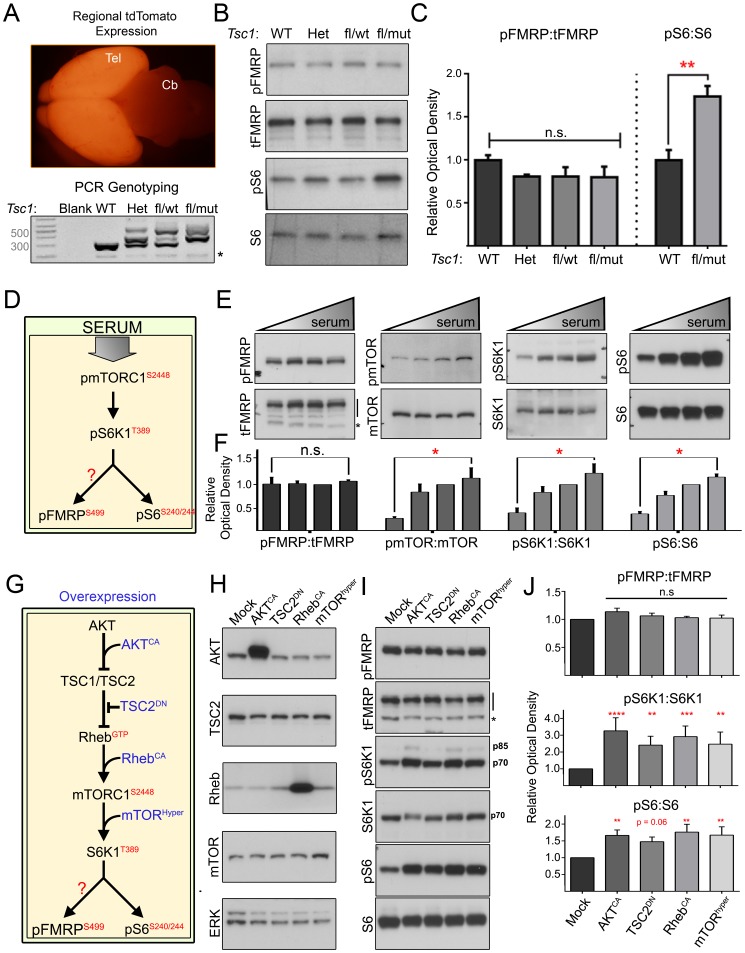Figure 3. Hyperactive mTORC1-S6K1 does not alter pFMRP S499.
(A) Cre expression and genetic recombination were verified by region-specific tdTomato expression (note tdTomato in telencephalon, Tel, but not cerebellum, Cb). Genotypes were confirmed by PCR: wild type mice (WT) have two wild type alleles (wt, 295bp amplicon), heterozygous mice (Het) have one wt and one mutant allele (mut, 370bp amplicon), and conditional mice have one floxed allele (fl, 480bp amplicon) with either a wt or mut allele. Asterisks indicate nonspecific bands (B) Immunoblotting of cortical lysates from P7 Tsc1 mice of different genotypes listed under the blots. (C) There is no statistical difference in pFMRP:tFMRP among genotypes despite significantly increased pS6:S6 in Tsc1 fl/mut vs. Tsc1 WT. pFMRP:tFMRP was quantified by unpaired, one-way ANOVA. pS6:S6 was quantified using unpaired, nonparametric one-sided Mann-Whitney test (** = p<0.01). Error bars STDEV. N = 3. (D) Model of serum-mediated mTORC1 pathway activation. (E) Immunoblots for pFMRP, pmTOR, pS6K1 and pS6 suggest that although the mTORC1 pathway responds to serum, pFMRP is not altered. N2a were cells maintained in 5% serum were transferred to 0, 2.5, 5 or 10% serum 1 hour prior to lysis. (F) Bar graphs of the phospho:total protein ratio shown in (E) showing that pFMRP:tFMRP is unchanged despite significantly increased mTORC1 pathway activity. Unpaired, nonparametric one-sided Mann-Whitney tests compared 0 and 10% serum conditions for each phospho-protein. We used a one-sided test because increased mTORC1 pathway activity is expected following serum application. Error bars = SEM. N = 4 per condition. (G) Model of mTORC1 pathway activation by overexpression. (H) Immunoblotting verified overexpression of transfected genes with the exception of TSC2DN whose large C- and N-terminal deletions render it unrecognizable to many antibodies. N2a cell lysates were collected 48 hours post-transfection. (I) Immunoblotting for pFMRP, pS6K1, pS6 and their total protein counterparts. (J) Quantification of phospho:total protein ratios normalized to mock transfected cells – unpaired, one-way ANOVA corrected for multiple comparisons. P values were derived from post-hoc Dunnett’s test (*, **, *** & **** = P≤0.05, 0.01, 0.001 and 0.0001 respectively). N = 4 per condition.

